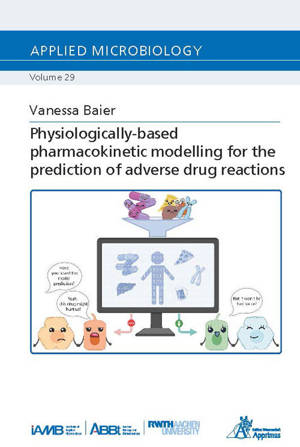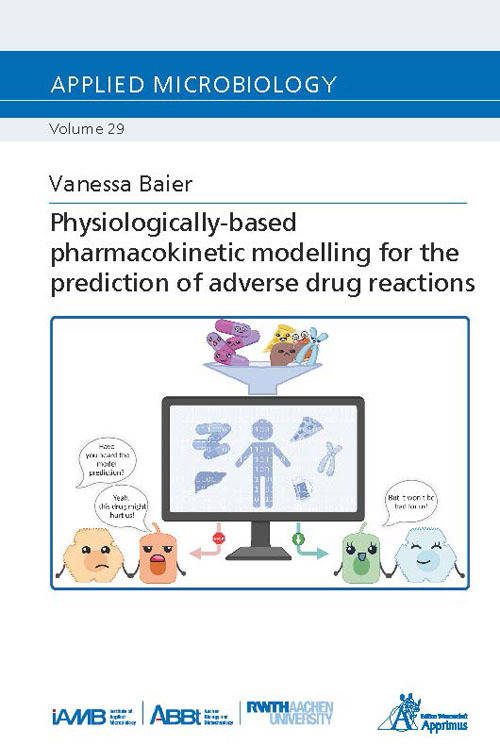
- Retrait gratuit dans votre magasin Club
- 7.000.000 titres dans notre catalogue
- Payer en toute sécurité
- Toujours un magasin près de chez vous
- Retrait gratuit dans votre magasin Club
- 7.000.0000 titres dans notre catalogue
- Payer en toute sécurité
- Toujours un magasin près de chez vous
Physiologically-based pharmacokinetic modelling for the prediction of adverse drug reactions
DE
Vanessa Baier
48,45 €
+ 96 points
Description
Adverse drug reactions (ADRs) endanger patients' health and pose a challenge to drug development and medical care. Predicting ADRs still fails in many cases due to their idiosyncrasy and limited assay or cross-species translatability. Findings from diverse sources need to be contextualised with individual patient conditions, e.g., diseases, genotypes, or co-medications, to enable a systemic understanding and reliable predictions of ADRs. However, experiments mimicking realistic patient scenarios are often expensive, infeasible, and insufficient. Here, mechanistic in silico models have emerged as a promising and cost-effective alternative to overcome the imbalance between the lack of viable and sound model systems and the necessity to predict ADRs effectively.In this work, computational modelling was applied to identify drugs with a high risk of inducing hepatic ADRs as well as patients prone to experience such. Predisposing patient factors associated with drug toxicity were considered throughout the studies to account for the idiosyncrasy of ADRs. A model of bile acid circulation was developed to investigate drug-induced cholestasis by coupling it to a drug-specific whole-body physiologically-based pharmacokinetic model. Through contextualisation of physiological and pharmacokinetic data, the model allowed the simulation of bile acid levels and confirmed cholestasis susceptibility in hereditarily predisposed patients during cyclosporine A treatment. Additional integration of time-resolved in vitro expression data enabled a systematic categorisation of the cholestasis risk of ten known hepatotoxicants as a reference dataset. The framework for benchmarking drugs against this dataset could support identifying drug-induced cholestasis risk of drugs during their development. Computational modelling was further utilised to guide a clinical test strategy striving for personalised treatment decisions by investigating the metabolic phenotype of a patient. Simulations of virtual populations permitted differentiation between biometric and metabolic contributions to drug exposure, and recommendations for the test strategy were derived to support optimal study design.The presented approaches support the early identification of ADRs during drug development as well as in routine health care. By elucidating the link between individual patient factors and ADRs, this work can be employed to increase patients' safety and optimise drug development in the future.
Spécifications
Parties prenantes
- Auteur(s) :
- Editeur:
Contenu
- Nombre de pages :
- 162
- Langue:
- Anglais
- Collection :
- Tome:
- n° 29
Caractéristiques
- EAN:
- 9783985551354
- Format:
- Livre broché
- Dimensions :
- 148 mm x 9 mm
- Poids :
- 222 g

Les avis
Nous publions uniquement les avis qui respectent les conditions requises. Consultez nos conditions pour les avis.






